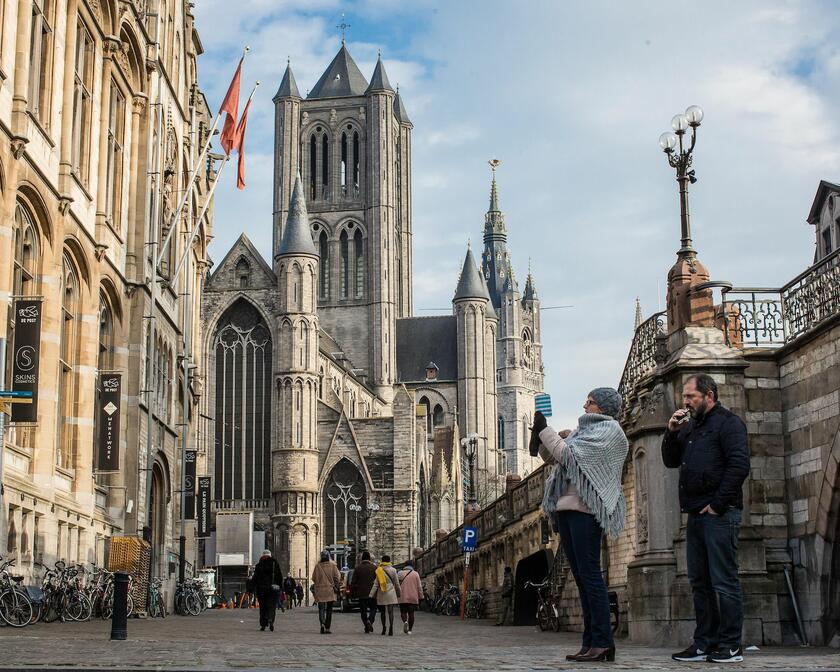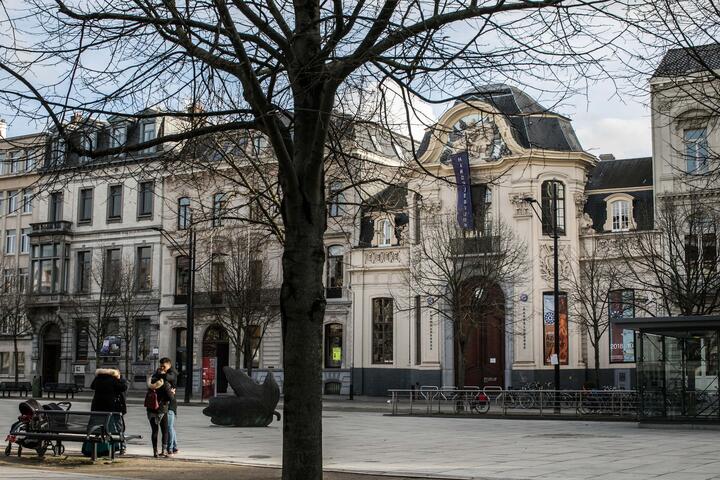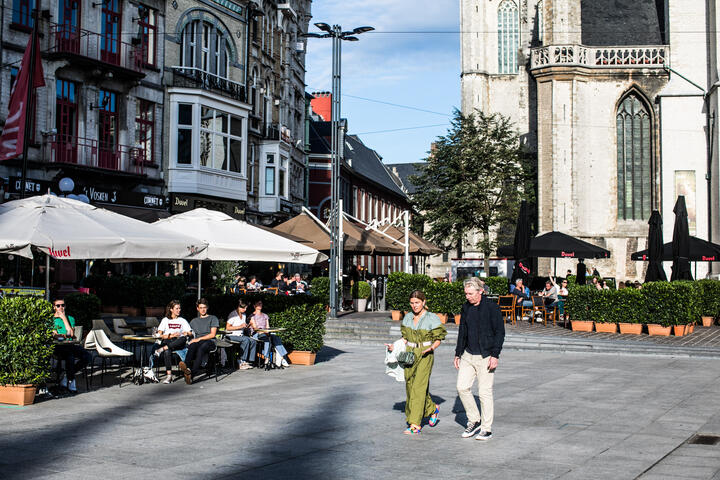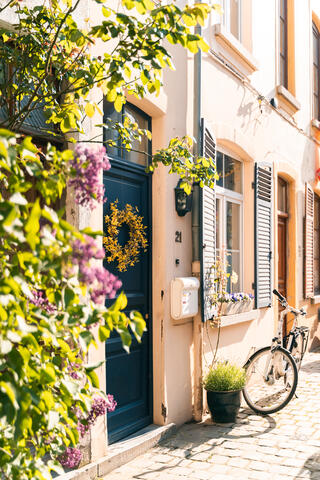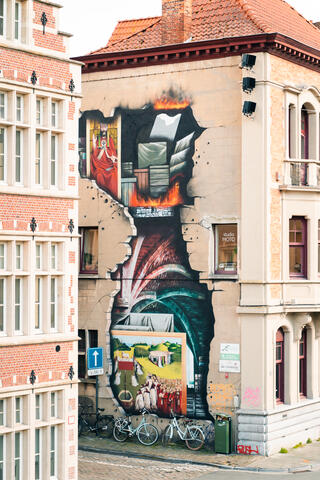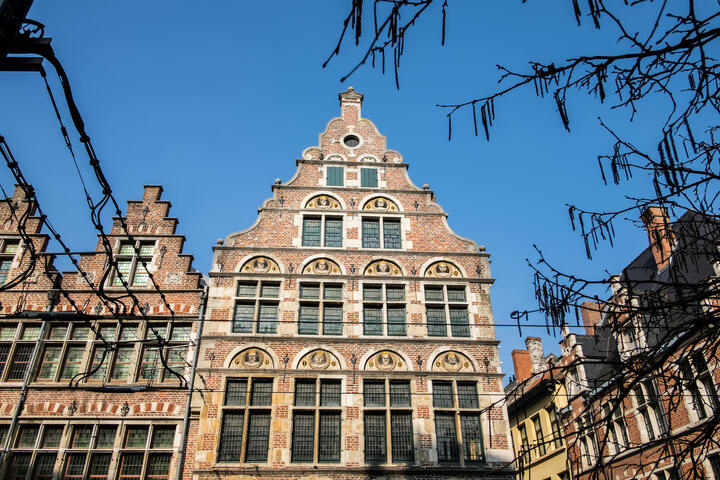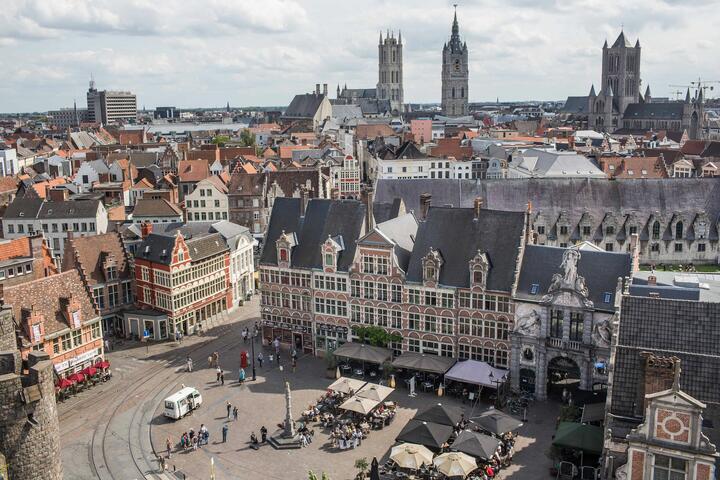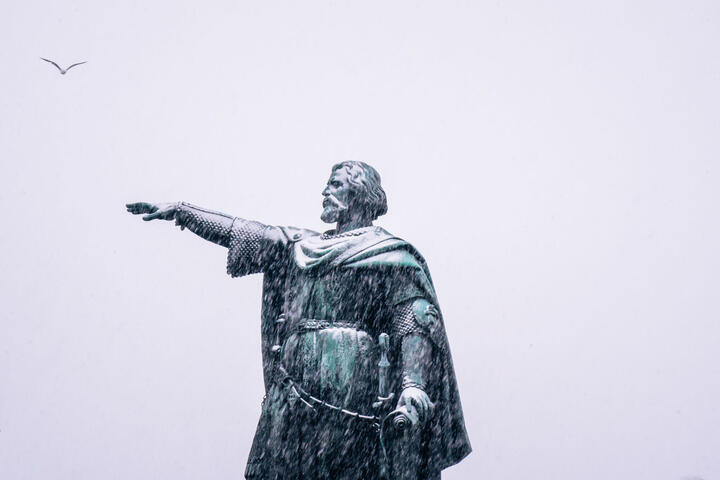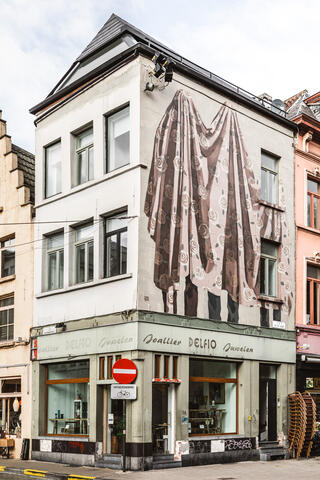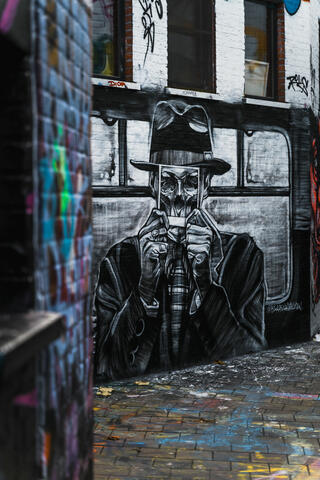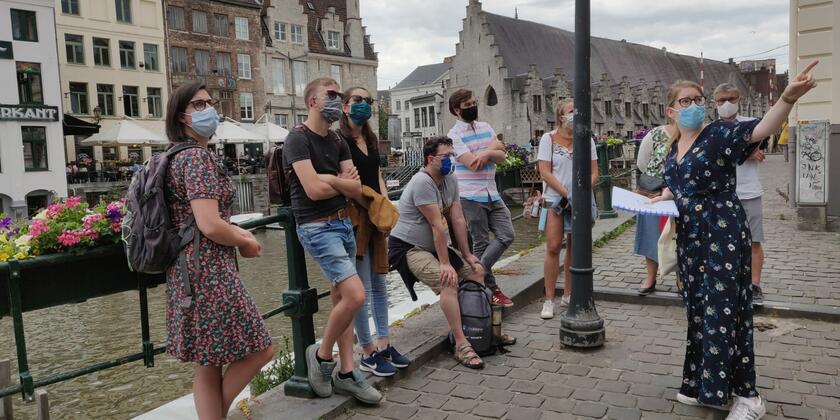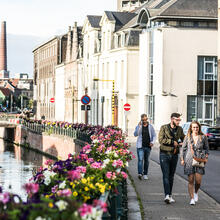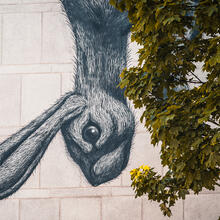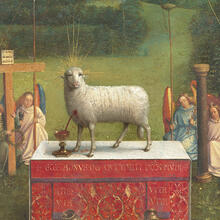Vrijdagmarkt (Jacob Van Artevelde)
In the middle of Vrijdagmarkt square you can see a statue of one of Ghent's heroes: Jacob van Artevelde. He was a wool merchant who took control over Ghent during the Hundred Year’s War between France and England, united the Flemish cloth-making cities of Ghent, Bruges and Ypres, forged alliances with England and strengthened the ties between Flanders and Hainaut. You can read the entire history in the pedestal’s reliefs.
It’s thanks to his efforts that Ghent was able to buy English wool and make and sell cloth. A city in deep crisis became an economically prosperous city once again. But old feuds between weavers and fullers also resurfaced. Caught in the crossfire of the feuds, Jacob was murdered by a weaver in front of his home in Kalandeberg.
Did you know that Jacob Van Artevelde was very close to the English king Edward III? The English queen Philippa gave birth a son named ‘John of Gaunt’ in St Bavo’s Abbey. Jacob van Artevelde named his son Philips after his godmother, queen Philippa. Jacob recognised the English king as king of France here on Vrijdagmarkt square, which triggered a new chapter in the Hundred Years' War, as the French wouldn’t accept it: they already had a king!
Stand face to face with Jacob van Artevelde, now walk to the corner of Vrijdagmarkt square diagonally to your right, into Wijzemanstraat, until you reach the end.
